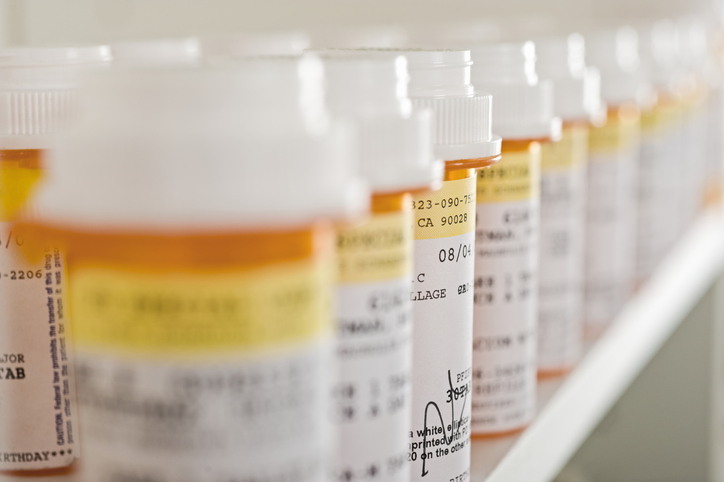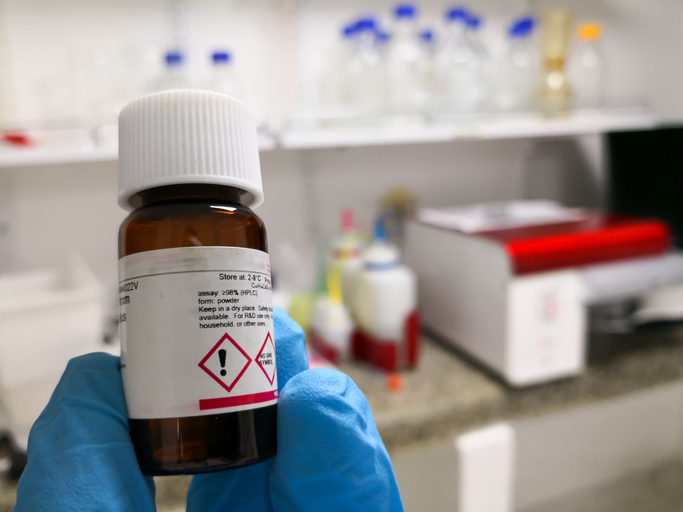
Regulatory affairs play a key role in ensuring the public’s safety and well-being, affecting the pharmaceutical and health industry in profound ways. Those interested in studying regulatory affairs are able to better understand regulatory systems, legislations, and practices that impact the development and quality of pharmaceutical goods.
Here, students have the opportunity to explore regulatory labelling—which is essential across a wide range of industries, especially in the pharmaceutical world. With this background, students can better understand (and consequently meet) the labelling and product summaries requirements after completing the program. Equipped with this knowledge, students can become professionals who are ready to pursue rewarding careers in this field.
Keep reading to discover some key insights on regulatory labelling!
Understanding the Role of Regulatory labelling in the Pharmaceutical Industry
Labels allow consumers to easily identify products and their purpose, ensuring that each item is used in the way that it was meant to be used. Through clear labelling, consumers are able to quickly and easily spot key information—including product ingredients, expiry dates, and batch numbers to name a few examples. Without these labels, companies would not be able to commercialise their pharmaceutical products.
Regulatory labelling is a way to ensure that all of the necessary information is made clear to potential consumers in a direct and straightforward manner. Here, compliance with the most up-to-date regulations is an incredibly important step. Students taking regulatory affairs courses learn about these regulations and requirements, studying Product Monographs, Package Inserts, and the Summary of Product Characteristics among other key topics. In this way, they can develop the necessary insight as well as a strong attention to detail before exploring careers in the field.

Regulatory labels are meant to help consumers easily identify products and their purpose
Exploring Labelling Requirements for Those in Pharmaceutical Regulatory Affairs
Health Canada has outlined clear guidelines regarding the Labelling of Pharmaceutical Drugs for Human Use, with the aim to facilitate regulatory compliance. These guidelines should always be considered along with any other relevant Health Canada guidelines and policies.
General labelling requirements for pharmaceutical drugs extensively outline what is permissible and what is not. A key takeaway is that no person shall label, package, treat, process, sell or advertise a product in a false or deceptive way, misleading others about its character, value, quantity, composition, merit, or safety. Other notable labelling requirements include the following information on the Principal Display Panel:
- The brand name
- The proper or common name of the product
- The standard for the drug product (if applicable)
- The notation “sterile” (if required)
- The symbol corresponding to a specific schedule or to a drug that contains ingredients listed in the Prescription Drug List (if applicable)
- The Drug Identification Number (DIN)
Regulatory labelling professionals must also include the required information on any panel of the inner and outer labels (i.e. lot number, expiration date, etc.) while using the official languages and maintaining legibility. For more information, students can consult official Health Canada guidelines.

Product labels must clearly indicate the information outlined in Health Canada’s guidelines
An Overview of Notable Challenges in the Field of Regulatory Labelling
It should be noted that regulatory affairs is an evolving field that often introduces new and updated regulations. This can impact companies and professionals in the pharmaceutical industry, making it more challenging to stay up-to-date on different aspects of the drug labelling lifecycle.

Regulatory affairs professionals are sought after to assist with labelling compliance
Many companies face various challenges regarding regulatory labelling, with the following points being some of the most prominent:
- Delayed or inconsistent submissions
- Delayed response in addressing regulatory changes
- Decentralized internal regulatory management systems
In order to avoid non-compliance, many companies require professionals with a strong understanding of regulatory affairs. By drawing on their expertise and understanding industry requirements, pharmaceutical companies can enforce compliance through regulatory labelling best practices.
Are you interested in studying pharmaceutical regulatory affairs?
Contact AAPS for more information!



